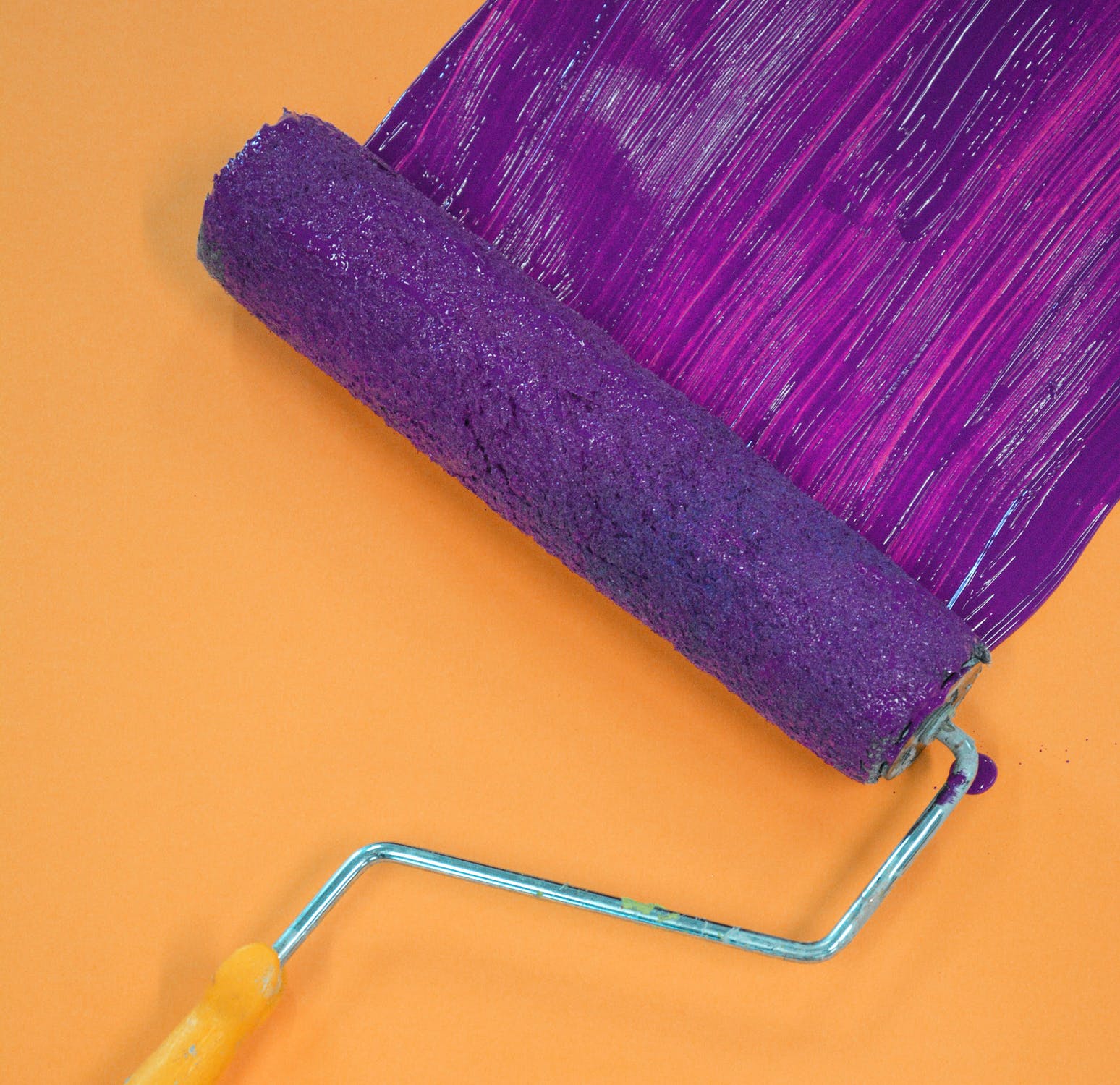Merely noting that COVID-19 has impacted how we do business would be a gross understatement. Indeed, the currently ongoing pandemic has had a drastic, unprecedented effect on the economy at large. While 2021 seems to offer hope for a return to normalcy, we’re still not quite there yet. Navigating the COVID-19 era as a painting contractor is still a challenge, and so is it for employers. So, here I’ll cover the basics of managing painting contractors on-site during the pandemic, in accord with official guidelines.
COVID-19 guidelines, precautions, and safety measures
While we all likely crave a sense of normalcy, the Centers for Disease Control and Prevention (CDC) remains cautious. It has issued thorough guidelines for construction workers that may inform painting contractors, which include:
- Wearing cloth face coverings in public settings
- Frequently disinfecting surfaces, tools, and other equipment
- Practicing proper hand hygiene
Naturally, the CDC explores these subjects in more depth, which can’t be done here for the sake of text economy. Nonetheless, it is crucial that all parties involved in construction projects remain informed on official guidelines.
Managing painting contractors on-site during the pandemic
Such guidelines are, naturally, universal. If you’re hiring painting contractors, you may carefully consider how to best apply such recommendations.
Require accreditation
First and foremost, you may require accreditation to ensure your painting contractors have a solid risk management framework. Especially in these trying times, you will need the reassurance that your contractors are fully prepared to address workplace hazards.
Moreover, if you’re focusing on the local market, you may seek local citations. Such social credit can offer some additional peace of mind and confidence in your contractors’ prowess.
Establish protocols in advance
Similarly, documenting your work processes in advance is a safe sign of professionalism and hazard awareness.
Establishing protocols and adhering to agreed plans is already an excellent practice that helps guarantee on-site efficiency. However, this is even more crucial during the pandemic as it ensures needless or off-schedule work and social conversations are minimized to mitigate risks. Naturally, such protocols need to fully account for official recommendations at all times. Taking precautions during a renovation project or similar work during COVID-19 should always be informed by local, state, and federal regulations.
Maintain proper workplace hygiene
Finally, OHSA safety measures aside, your contractors should consistently strive to practice proper hygiene. In accord with CDC’s guidelines mentioned above, these include:
- Cleaning and disinfecting frequently touched surfaces before, during, and after every shift
- Limiting tool sharing as much as possible
- Practicing proper hand hygiene; regularly washing with soap and water or using strong (60%+) alcohol-based hand sanitizer
- Avoiding touching their eyes, nose, or mouth
As an employer, you should also provide your contractors with the following, among others:
- Accurate information about COVID-19
- On-site training on preventative measures and handwashing
- Clean, running water, soap, strong (60%+) alcohol-based hand sanitizer, disposable disinfectant wipes, and hand dryers or paper towels
- Additional disinfection PPE where possible
Moreover, you may seek to make your workplace safer by considering initiatives and practices like the following:
- Regularly disinfect areas where groups may gather, such as lunchrooms
- Install protective shields and barriers where possible
- Modify shifts and group sizes where possible to avoid congregations
- Encourage social distancing by any means available
Finally, maintaining communication with local health officials where possible should also provide invaluable assistance.
Conclusion
To summarize, managing painting contractors on-site during the pandemic should entail continuous oversight of your project. Initially, predetermined work protocols and possible accreditations can ensure confidence in your contractors. Then, as an employer, you should actively encourage them to adhere to personal hygiene practices. Finally, you should provide a safe workplace and ensure they have all the hygiene products they need, always in accord with official guidelines and recommendations.

Nick Grivas is a freelance digital marketer and avid blogger. He holds a deep interest in technological innovations and how they inform business across industries. He frequently writes about such topics as SEO, SEM, and LPO, sharing the insights he has acquired over the years.

